Surf Wetsuit Hood Guide

For surfers, the head and neck are especially sensitive to cold temperatures. In addition, they greatly influence your overall comfort and perception of temperature. Surfers who wear a wetsuit without an attached hood oftentimes purchase a separate hood when the water temperature drops. Wetsuit hoods and caps are designed to help keep your head and ears warm, prevent Surfer's Ear, and increase overall comfort during your cold water sessions.
In this guide, we’ve gathered information to help ease the process for you, and we’ll explain the differences between styles, thicknesses, and construction, as well as the proper way to size wetsuit hoods. Read on to get one step closer to a toasty warm dialed-in hood.
Hood Thickness Temperature Guide
Quick Disclaimer: The below temperatures are a great general guide for what hoods most people would choose in certain temperatures if they want their head and ears to stay warm. That said, everyone has their own preference, and some surfers will wear the recommended hood in warmer or colder temperatures than we suggest. Some people don’t wear hoods at all in temperatures below 50; we don’t recommend it, though.
Also, don’t forget about wind chill and air temperatures; if the air is cold, a hood can be necessary, even if the water is warmer.
1.5mm/2mm - (64-57° F) This option is best for the days when you want a little bump in warmth. Adding the 1.5 mm cap or hood to your kit can help maximize the length of your sessions. The nice aspect of this thickness is that it's much less noticeable due to the lighter and thinner construction.
3mm - (57° F and below) We recommend you reach for the 3mm hood when going out into the coldest conditions. The extra thickness results in more warmth, keeping you out in the water longer and helping cut the chances of getting a brain freeze as you paddle out to the lineup. You may be worried about feeling restricted in your head movement, but once you feel the difference in comfort, you will be sold.
Styles of Hoods

Cap - A cap covers the top of your head and ears. In addition, a chin strap helps secure the hood in place. It is a great option when you notice your head feeling chilled but want to maintain neck mobility. Even though the cap has minimal coverage compared to a hood, it is very beneficial for trapping heat and keeping you in the water for longer. If you are worried about the hassle of putting on a hood, a cap can get you the warmth you want with an easier on-and-off design.
Hood - A hood covers your head, neck, and ears. Most hoods are designed to tuck into the neck of your wetsuit. This option is best for the coldest conditions where you want to keep your neck warm and increase the amount of heat retained in your suit. Some hoods have a secondary flap that is made to easily tuck into your suit and create an effective seal to prevent flushing. A warm hood will elevate your comfort if you are plagued with brain freezes as you paddle out to the lineup.
Materials and Construction

There are a few different types of materials used in hoods and caps. Typically, hoods made of smooth skin have glued seams on the exterior. On the other hand, neoprene hoods usually sport glued and blind stitched seams and often feature internal taping resulting in a more watertight fit.
Smooth skin - The most prominent material used for hoods. Smooth skin blocks the wind with its smooth, non-porous exterior and doesn’t absorb water. Be gentle with smooth skin as the material is more fragile and can easily be torn with fingernails or sharp objects.
Neoprene - Conventional neoprene is the second most common type. This material is a tad less fragile but doesn’t block the wind as well as hoods that use smooth skin.
Taping - This type of seam seal uses strips of fabric glued onto the seam to create a flexible seal.
Seam Weld - This is when glue or a silicon layer is externally applied to the seams creating a water-tight seal.
Liner vs. Linerless - Most 2mm or 3mm hoods offer an internal liner that helps increase the warmth factor. The liner traps and insulates your body heat. Hoods without a liner are more lightweight and dry quickly.

How to Size Wetsuit Hoods
It is important to get the sizing right for a hood. If it is too large, it will not remain in place during a session. If it is too small, it will become unbearable to wear or not even fit onto your head.
Every wetsuit hood on our website will include a size chart you can reference. Most brands ask the wearer to measure their head by taking a measuring tape and running it around the circumference of their head, starting from the forehead roughly between their eyebrows. Once you have this measurement, you match it up to the size chart to determine what size you need.
| SIZE | NECK | SIZE |
| XXS | 13.5"-14.5" | 18"-20" |
| XS | 14"-15" | 19"-21" |
| SM | 14.5"-15.5" | 20"-22" |
| MD | 15"-16" | 21"-23" |
| LG | 15.5"-16.5" | 22"-24" |
| XL | 16"-17" | 23"-25" |
| XXL | 16.5"-17.5" | 24"-26" |
Wetsuit Hood FAQ

Why wear a hood?
The head and neck are very sensitive, especially to cold temperatures. These areas play a large role in influencing your overall comfort and perception of temperature. Hoods help keep your head and ears warm, preventing Surfer's Ear, and increasing overall comfort during your session.
When are hoods recommended?
Just like gloves, most surfers have a different preference for what temperature they start wearing a hood. Most surfers start wearing a hood once the water temperature gets below 50° F. Air temperature, weather, and the thickness of your wetsuit can also affect your need for a hood.
What thickness hood should I get?
Choosing which hood thickness is best for you really depends a lot on personal preference. Usually, we recommend a 3mm hood for surfers in a water temp of 57 F and below. If your ocean water temperatures range from 57 to 64, we recommend a 1.5mm or 2 mm hood.
Where to Buy Wetsuit Hoods
Hopefully, after reading this, you better understand the types of hoods available and how to pick a size that will work best for you. We offer a full selection of wetsuit hoods for men, women, and kids. Shop at the link below.
Need More Info?
If you are looking for similar information on wetsuits, reviews, and more, check out the info below.
Related Articles:
- 7 Best Wetsuit Surf Gloves For 2023
- 7 Best Surf Boots For 2023
- 8 Best Surf Hoods Of 2023
- Wetsuit Surf Glove Guide
- Wetsuit Guide - A Surfers Guide to Wetsuits
If you have any questions on sizing or other products, you can leave a comment below, call us at 1-888-546-6176 or email us at support@cleanlinesurf.com.
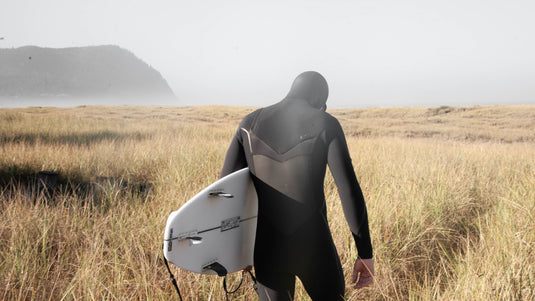
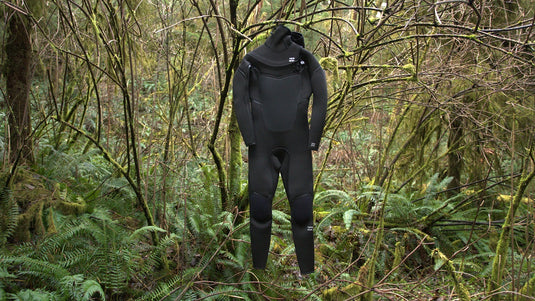
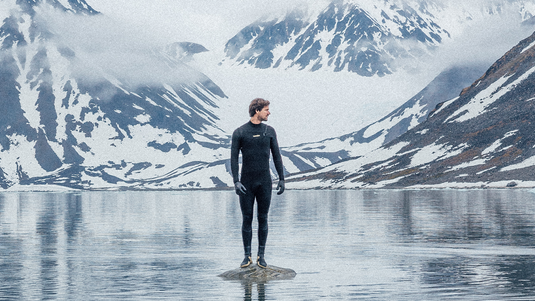
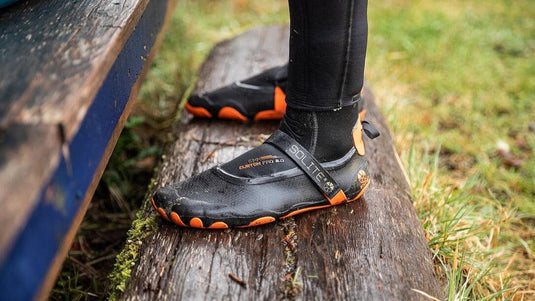
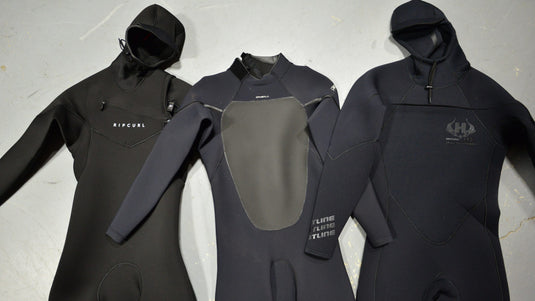
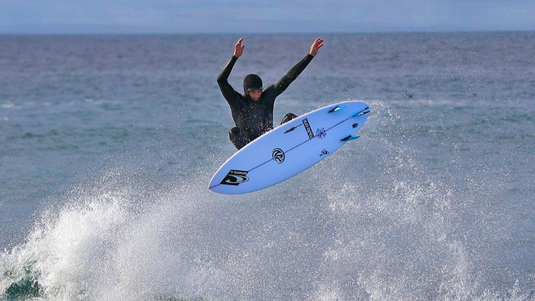
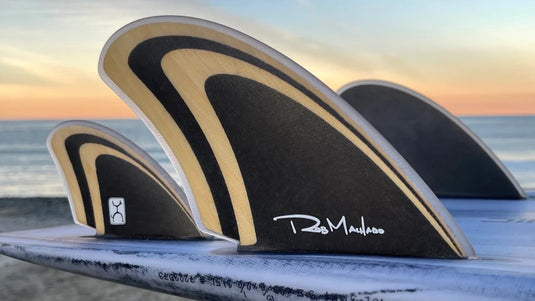
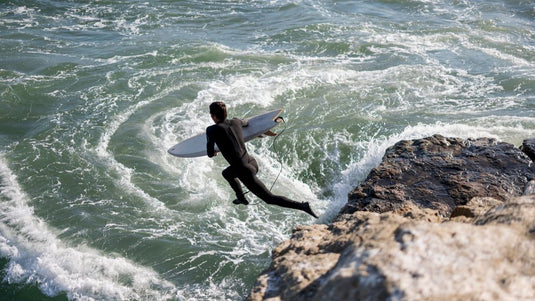

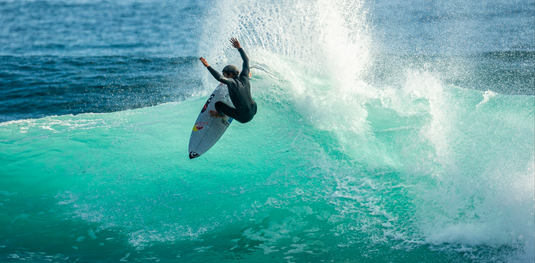
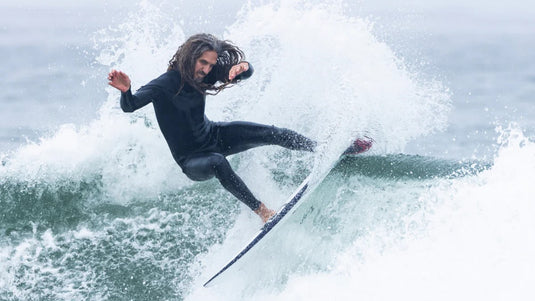

What Our Customers Are Saying